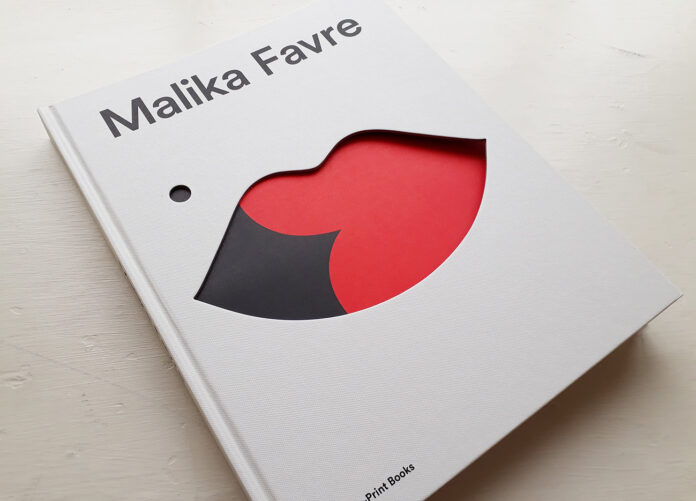It’s no secret that art can revolutionize the world even on a small scale. Art that addresses social issues and pressing issues is an important tool for bringing about reform in the social and political spheres.
Art and activism can create outrage and stimulate social change if channeled in the right direction. They have the power to change the narrative by initiating important conversations and discussions through the message it conveys.
In its various forms, political art preserves the collective memory of a society and reflects its ever-changing values and culture. As society develops and grows, art changes to reflect its new developments. Cultural progress and social change give impetus to the development of art. For years, decades, and centuries, art has been used to create change and spread political and social messages.
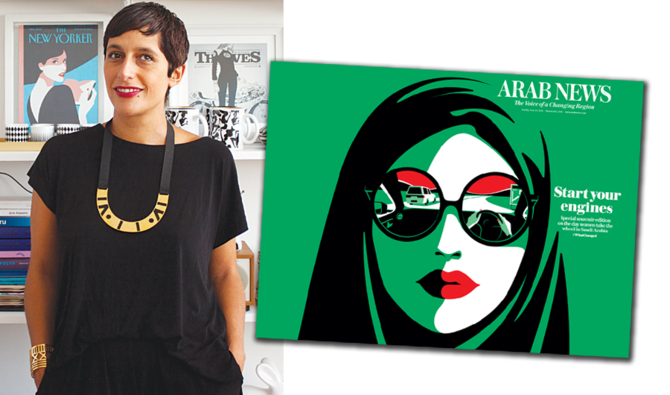
Many art movements after World War I were used as a form of protest against mass loss of life. Likewise, the feminist art movement played an important role in the fight for women’s rights.
Most of today’s famous creators use their art for change. Through their expressive abilities, artists can question traditional myths, reshape images, and evoke emotions in ways that traditional political approaches rarely succeed.
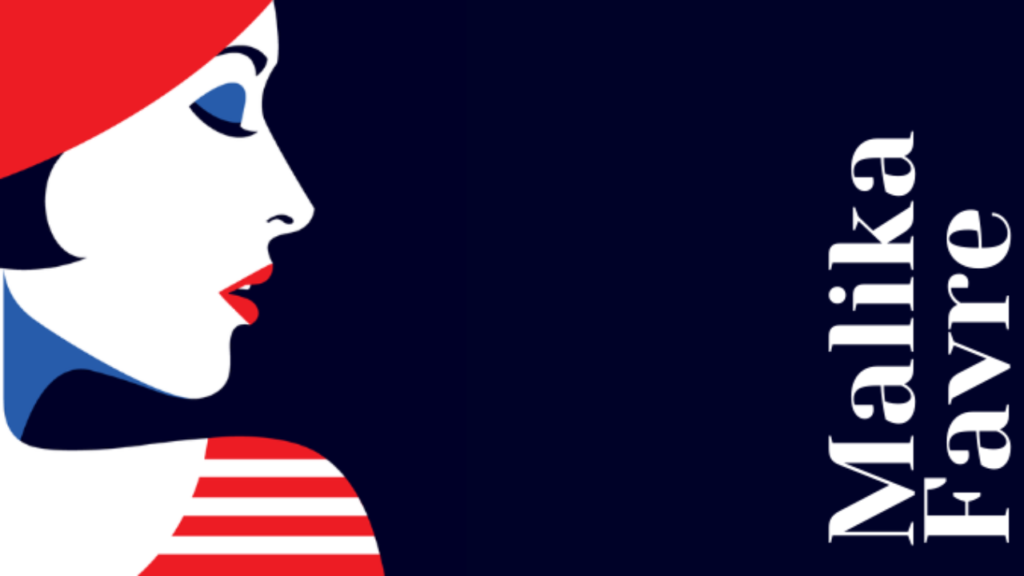
Malika Favre is a French illustrator and graphic artist based in Barcelona. Her artwork mostly reflects themes around women’s empowerment. Her work is not just stunning visuals but also takes a powerful stance on various social issues.
This talented artist’s work is always driven by a strong narrative and aims to spark the imagination – with a little humor, a hint of sexuality, and a reimagining of the ordinary. Her pieces of art are not only physically beautiful but also touched with intellect and wit.
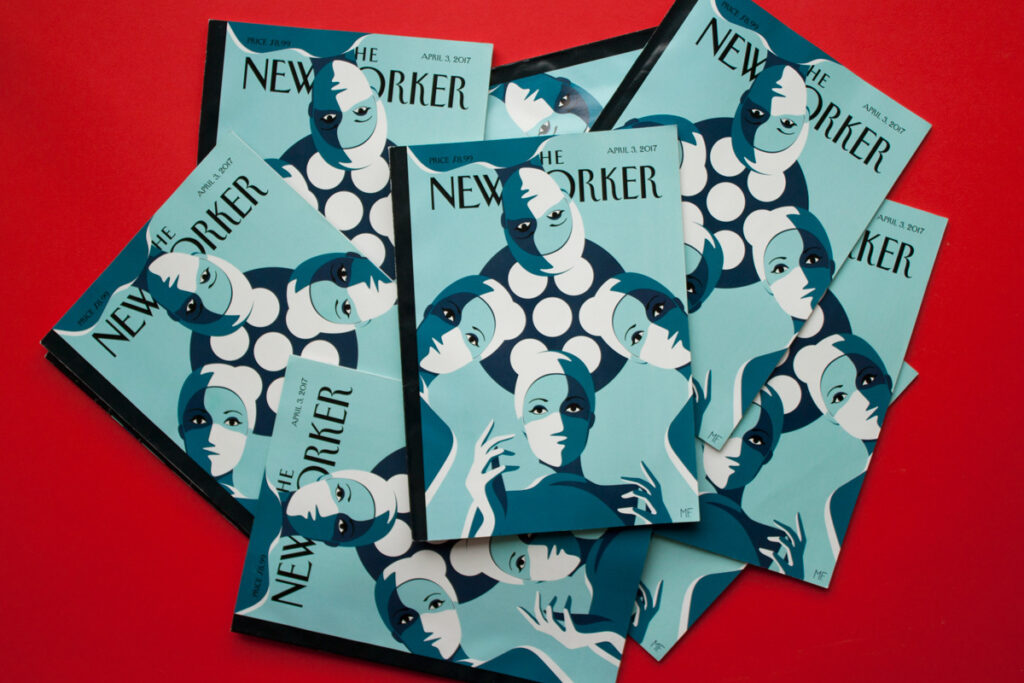
Favre’s fusion of rich color palettes combined with disciplined structure mimics that of pop culture, inadvertently creating bold and timeless images. What is even more important, her art has created social change, triggering movements and bringing to the forefront cultural problems that continue to persist today, gracing the covers and pages of magazines such as The New Yorker, Vogue, and Vanity Fair.
One example of this is that Favre created the cover of The New Yorker’s April 2017 “Health, Medicine and the Body” issue, in which an illustration entitled “Operating Room” was designed from a patient’s point of view and featured four female surgeons. Her goal was to “capture that feeling of people watching you pass out (as) most people have experienced, but still remains mysterious.”
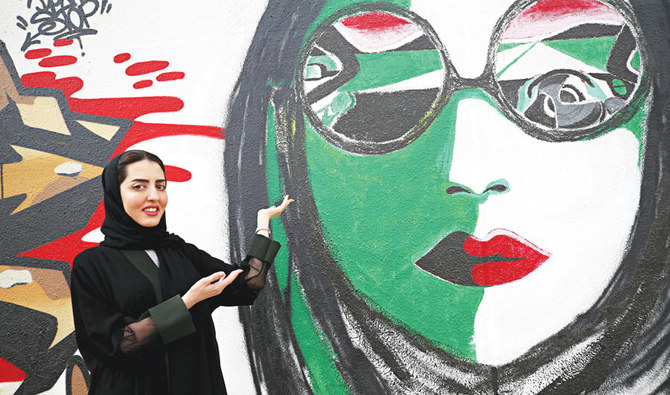
A more recent example of how Favre’s work has played a significant role in social design was when she created the cover for Arab News’ June 2018 issue called Start Your Engines. In September 2017, King Salaman of Saudi Arabia issued a decree declaring an end to the prolonged ban on female drivers from June 2018.
The image has become one of the most retweeted artworks celebrating the occasion, with Saudi Princess Reema bint Bandar reposting it on Twitter, as well as it being the most downloaded illustration on Arab News’ website, despite its early stages of existence.






